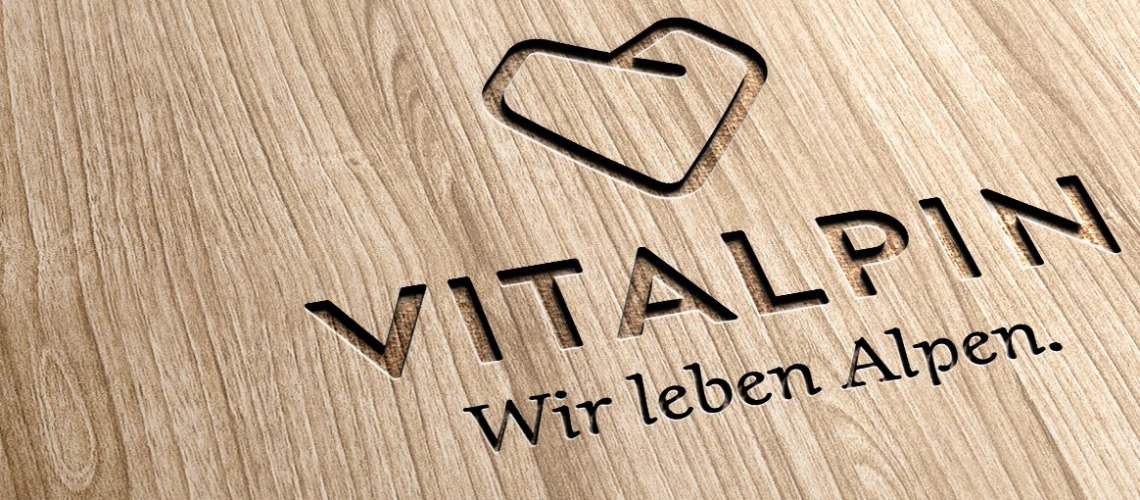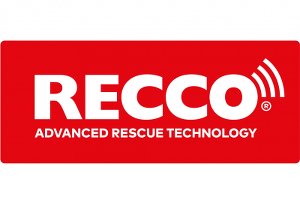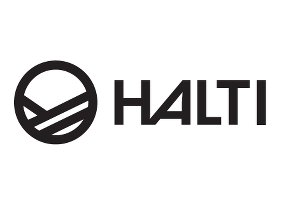Vitalpin: The 1st SNOW.KIDS.SUMMIT - Transforming Challenges Into Future Potential

The 1st SNOW.KIDS.SUMMIT took place at the Wildkogel Arena in Neukirchen am Großvenediger. This groundbreaking event brought together industry experts to delve deeply into the future of young talent in winter sports. VITALPIN was also represented, and Managing Director Manuel Lutz shared valuable insights into initiatives from the VITALPIN network and the need for cross-regional collaboration in his keynote speech.
Around a third of Austrians ski. Among 14- to 35-year-olds, the number rises to around 50 percent. And 25 percent of 14- to 29-year-olds are attracted to winter tourism, with half of them favoring skiing as a winter sport. These statistics impressively underscore that Austria remains a skiing nation today. However, we can't rest on our laurels. Therefore, the 1st SNOW.KIDS.SUMMIT focused on questions of how skiing can be introduced to future generations—both locals and guests from across Europe—for an entire day.
For VITALPIN, one thing is clear: "We need a strong voice for the Alpine region. Because only together can we bring the next generations into the snow." Managing Director Manuel Lutz addressed cross-border challenges, solutions, and measures in his presentation.
Does skiing have an image problem? This has been discussed at many events in recent months. Negative reporting and widespread misinformation fuel this theory. However, VITALPIN has collected a wealth of data and facts, including on ski pass prices and sustainability comparisons. "This enabled VITALPIN to gain media attention. These facts must also be used by all stakeholders in discussions with critics," says Lutz.
To inspire the next generation to take up skiing, emotions must be conveyed and new approaches explored. Numerous great ideas and measures were presented at the summit – all of which must be implemented together.
Diverse impulses and groundbreaking initiatives
The program was packed with inspiring presentations. In addition to SKI Austria (ÖSV), the German Ski Association (DSV) and the Bavarian Ski Association were also present to report on their initiatives to promote young talent.
Thomas Woldrich of SKI Austria emphasized the need to inspire children, regardless of their parental background, to participate in winter sports, especially those from urban areas who otherwise have little contact with the mountains. This isn't just about skiing itself, but also about exercising in the fresh air and experiencing the snow. The goal is to enable as many children as possible to practice and enjoy skiing – with a focus on affordability, sustainability, and emotions.
Financial support for winter sports weeks
Marco Cerny, project manager of the School Sports Weeks Service Center, also presented important approaches. He reported on unbureaucratic financial support options that make it easier for students to access winter sports weeks. For example, they can apply for €100 per child in support for ski lift costs – a measure that makes it easier for families to provide their children with access to skiing.
VITALPIN has already reported in the past on successful initiatives such as the Tyrolean school ski campaign "Skifahr'n", which even set a new record in Tyrol in 2025.
Offers for the little ones: Kids on Snow
With the "Kids on Snow" program, Mike Partel relies on close cooperation between hotels and cable cars to provide families with unforgettable skiing experiences. Attractive vacation packages delight parents and children alike: children stay free, ski passes and ski rentals are included, and even half-day ski lessons are free.
This concept has already been successfully implemented in 25 ski resorts – and the steadily increasing number of participating children speaks volumes about its success. "Kids on Snow" not only creates unforgettable winter moments, but also makes skiing even more accessible and attractive for families.
Skiing innovations: It works even without snow!
Martin Dolezal, CEO of Snowsports GmbH and President of the WSSV, brought a completely new perspective: enthusiasm for skiing can be awakened even without snow. His concept relies on alternative training options such as roller ski slopes or synthetic slopes, which are already being used successfully in countries like Sweden and the Netherlands. According to Dolezal, two-thirds of skiers in the Netherlands learned to ski on such slopes – an example that demonstrates how winter sports can be made accessible year-round and location-independent, and how new target groups can be reached.
Gamification is a particularly innovative approach. Virtual downhill runs and interactive ski challenges make winter sports exciting for young people and adults alike. Combining digital entertainment with real-life movement creates new opportunities to make skiing sustainable for the future. This can be implemented in the ski resort as well as on the roller slopes.
Ursula Weixlbaumer-Norz, an expert in child and youth research, also highlights the success of gamified concepts in ski resorts. She emphasizes the importance of specifically targeting the next generation—because children often have a decisive say in vacation planning. To engage them as best as possible, tailored offerings are needed for different age groups, especially for children aged 2 to 7 and 7 to 12/14.
Further inspiring contributions, such as the keynote speech by Eva Stark, head of training for children's ski instruction at the Austrian Snow Sports Instructors Association, provided food for thought. In the concluding discussion, led by organizer Wolfgang Eder, a key insight emerged:
The crucial question will not be whether the next generations will still be able to ski, but whether they want to.
Generating enthusiasm for skiing among children and young people remains a vital task for the German Ski Federation (DSV), the Federal Ski Association (BSV), and Ski Austria. Time and again, it has been shown that, regardless of sociodemographic characteristics, winter sports can fascinate many children – if they are made accessible to them. Free or heavily discounted offers are the key to providing access to the snow for as many as possible.
Today's youth live and experience things differently than they did 20 years ago. Attracting them to skiing requires age-appropriate, tailored concepts. Clear segmentation by age group is essential. Targeted offerings can create tremendous opportunities to sustainably inspire the next generation for snow sports.
The end result is a clear message: the future of snow sports in the Alpine region lies in our neighboring countries.














